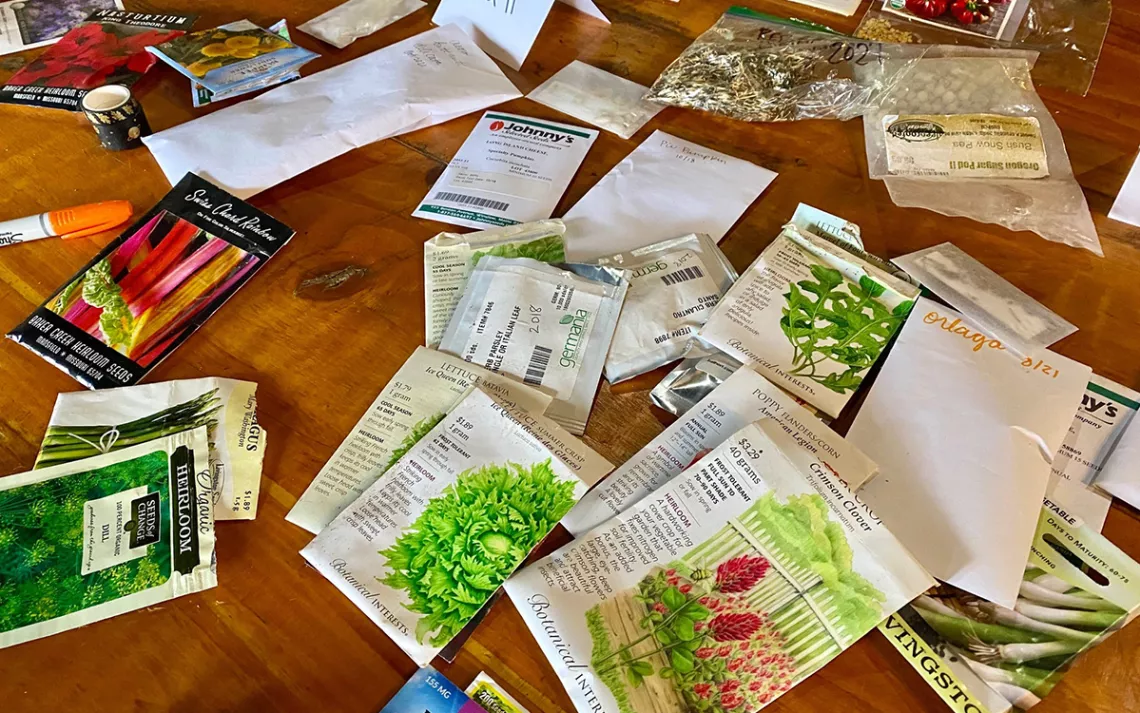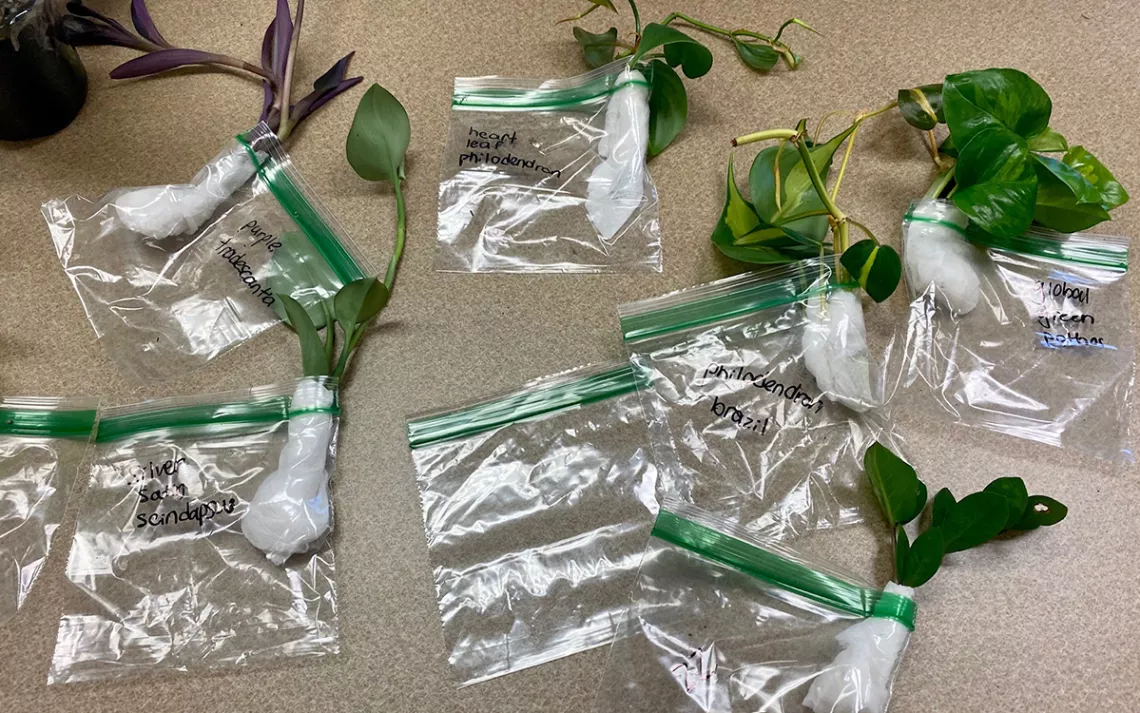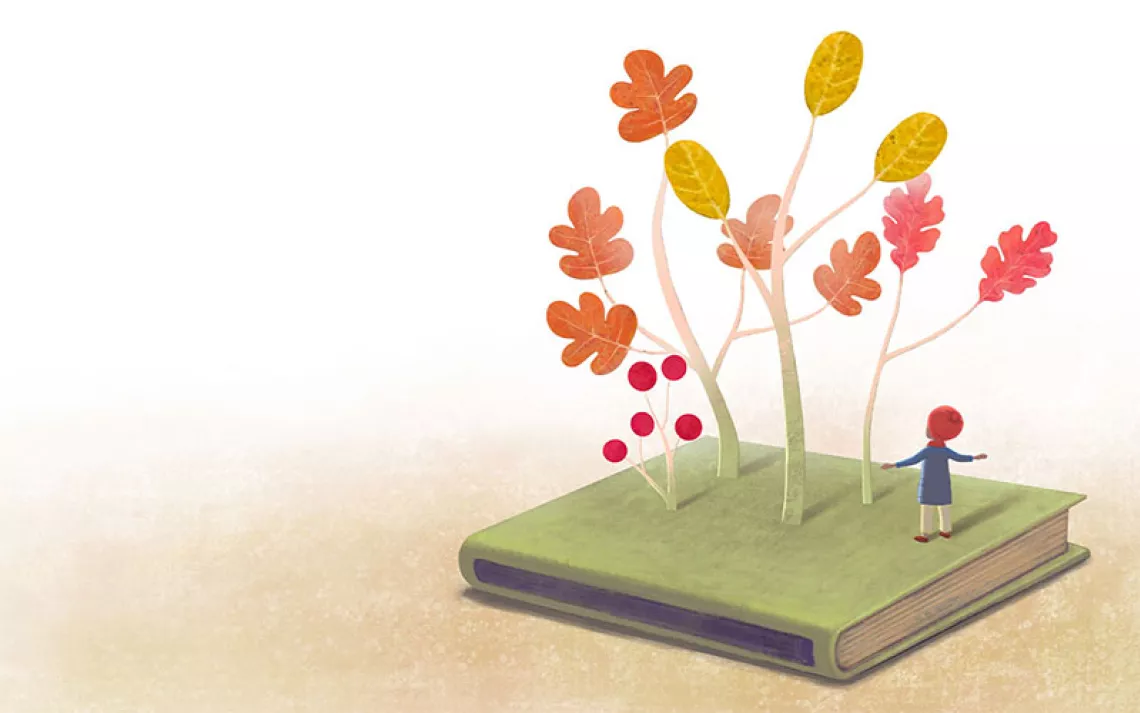How to Host the Most Fruitful—and Fun—Seed Swap Event
Throw the Earth Month event of gardeners’ dreams

Photos by Sarah Baird
It’s increasingly undeniable: Grocery store costs are skyrocketing, and the unfortunate underbelly of corporate agriculture is coming into focus more clearly each day.
Enter seeds. Offering an immediate means of growing one’s own food, seeds—particularly those of the open-pollinated and heirloom kind—not only preserve the future of plant varieties but can also be easily and inexpensively saved, gifted, and swapped.
“Heirloom seeds are family and community seeds,” explains Bill Best, longtime Appalachian seed saver, seed swap host, and founder of the Sustainable Mountain Agriculture Center in Gatesville, North Carolina. “Seed swaps are a way to work regionally to keep these plants for future generations.”
The time is nigh, this Earth Month, to host a community seed swap. Not only is it a festive and engaging way to share leftover seeds from years past while connecting with other gardeners, but seed swaps, by ensuring that your own and your neighbors’ harvests for the upcoming year are as bountiful as possible, can also fortify mutual aid in your community. Here’s how to get started.
Set seedy parameters.
What seed-specific rules will be in place at your swap? Decide up front whether you’re going to exclusively facilitate the swapping of heirloom, native, open-pollinated, community-collected, and/or organic seeds. (If your seed swap event is open to all seeds, including hybrids, that’s perfectly fine too. Be forewarned, however, that hybrids don’t necessarily grow true to type.) Will seeds also be bought and sold? Is bartering allowed? The more guidelines you can establish beforehand about what’s fair play, the smoother the seed swap will run.
Join forces with local seed heads and gardening gurus.
Sure, you could try to plan, organize, promote, and run a seed swap all by your lonesome, but why? In the earliest phases of planning your seed swap, it pays to be collaborative and bring in the help and expertise of local plant-centric community groups.
“This could be a nature center, garden clubs, herb societies, and local master gardeners,” says Bevin Cohen of Small House Farm in Sanford, Michigan. “We also work with our local nature conservatory, recycling group, native plant enthusiasts, and community gardens.” Cohen is co-organizer of the annual Central Michigan Seed Swap, which attracted more than 900 seed-swappers from across the country this year. “Not only will these types of organizations likely want to join in on the seed swap, but they'll also be more than happy to help promote it.”

Choose an easily accessible, well-known space for your swap—like a county extension office or nature center—and you’ll ensure that as many seed-lovers as possible can access the event. (Bonus points if your event is convenient to public transportation.) Start liaising with local seed heads and you might even organically find a group willing to donate their space to your swap for the day!
Go digital—and analog—with your promotions.
Don’t think small when it comes to seed swap outreach. Depending on how large-scale you’d like to go, Joyce Pinson, founder of the Appalachian Seed Swap in Pikeville, Kentucky, suggests tapping into a few high profile seed-people or gardening experts to draw a crowd. “As a swap organizer, it helps to have book authors [there] and notable seed savers from out of state,” she says. “With class presenters who travel, [organizers should] offer a stipend.”
Yes, the all-pervasive art of social media promotion is most likely worthwhile here; however, keep in mind that many of the most seasoned seed swappers and enthusiasts might not be extremely online. Reach out to local public radio stations and other community media to run announcements and (if they’re in your budget) advertisements, and don’t discount the power of old-school flyers posted on message boards in local and regional libraries, coffee shops, and universities.
“You will be surprised how many seed people there are in your area,” Chris Kennedy of Cleveland Seed Bank promises.

Sign up to receive Sierra News & Views
Get articles like this one sent directly to your inbox weekly.
With this action you affirm you want to receive Sierra Club communications and may vote on policy designated by the Sierra Club Board.
Have a signature (locally flavored) kick-off.
Ensuring that your seed swap event feels local and, well, fun, is practically as important as the seeds themselves. Creating a signature event allows attendees to have a one-of-a-kind experience to look forward to each year. At the Appalachian Seed Swap, for instance, each event kicks off with a ceremonial cutting of a locally grown squash. “Our seed swap is known for the ‘cutting of the cushaw’ ceremony,” Pinson says. “It still amazes me how enthralled kids and adults get when the seeds are exposed and they can take some home. We make quite a production with that.”
Provide seed-carrying supplies.
Always advise attendees to bring baggies, Sharpies, pens, and paper for their seeds—but be sure to provide extra supplies, just in case swap-goers end up needing to jot down the histories of their new seeds or any word-of-mouth planting wisdoms. And in the likely event anyone forgets their seed-carrying vessels, you’ll want to have extra bags or envelopes handy to provide easy transport.
Offer events beyond simply swapping.
In addition to creating a forum to trade for/optimize next year’s dream harvest of greasy beans and zinnias, many seed swap events also offer opportunities to take in classes, readings, and demonstrations. Dawn Lamm, founder of the Como Community Seed Library in St. Paul, Minnesota, suggests offering themed activities for kids—think seed threshing, seed art, seed bingo, and seed ball making—to make the event a family affair. Lamm also advises hosting a garden tool swap alongside the swapping of the seeds.
Have a plan for leftover seeds.
Create a contingency plan for where your event’s leftover seeds will go. Lamm suggests reaching out to a local seed library, community garden, or school ahead of time to arrange a donation and thus ensure no good seeds go to waste.
Consider hosting a long-distance swap.
Sure, an in-person seed swap can build community and create an ideal avenue to commune with fellow gardeners, but why not consider throwing a long-distance seed swap alongside the live-action event? Swapping seeds via the mail, or organizing a digital trading post, allows more people to share their seedy gifts and creates an even greater feeling of nurturing and inclusivity.
 The Magazine of The Sierra Club
The Magazine of The Sierra Club



